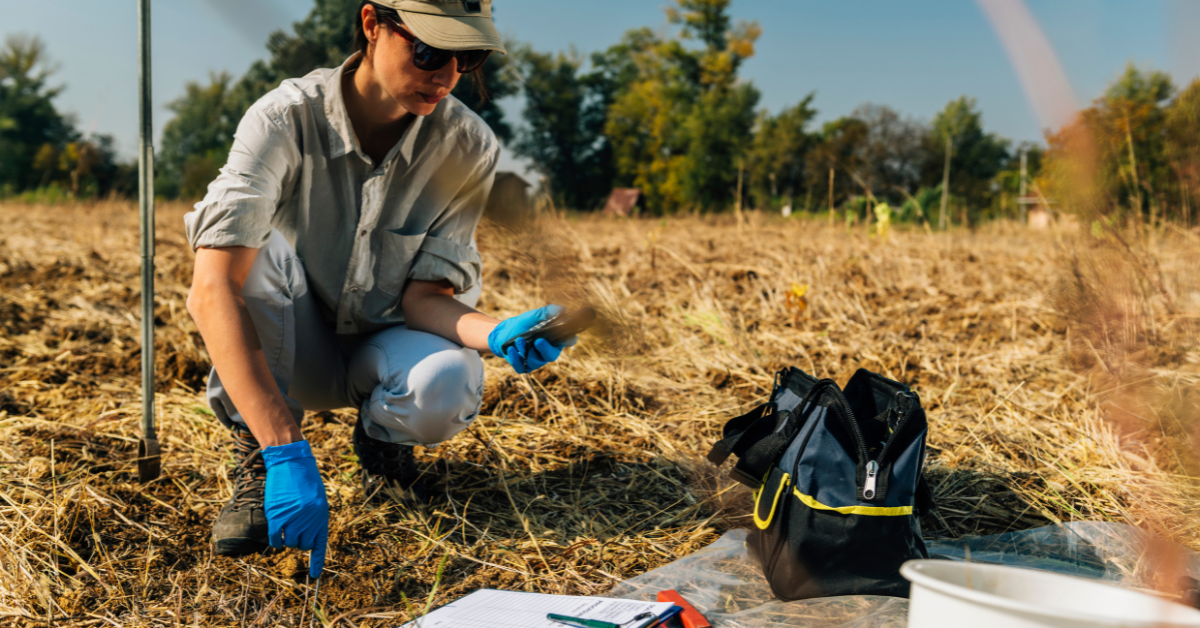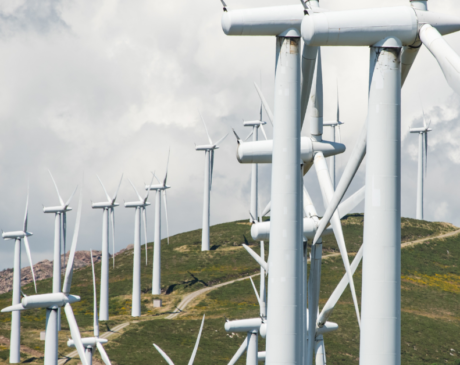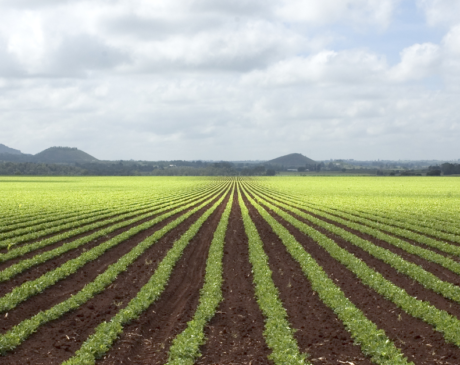Geothermal energy for agricultural use

The international community is becoming increasingly sensitive to the sustainability; the geothermal energy for agricultural use is a clear example of this interest, due to its high dependence on fossil fuels.
While often associated with electricity generation, geothermal energy has enormous potential in the agricultural sector, where it can revolutionize the way we grow and distribute food while reducing our carbon footprint.
Exploring the Utilization of Geothermal Energy
Geothermal energy has gained widespread recognition as a power source primarily due to its renewable nature.
It derives from the heat emanating from the Earth’s core, a virtually inexhaustible source that has been a constant since the planet’s inception.
The core’s warmth triggers the heating of magma, with the additional contribution of thermal energy from the decay of radioactive elements.
In addition to its sustainability, geothermal energy has emerged as a prominent global energy source owing to its cost-effectiveness and price stability.
Geothermal heat pumps, for instance, have the potential to slash energy costs by approximately 60% when compared to conventional energy sources.
Unlike oil and gas, which are subject to daily market fluctuations and can become highly volatile during international crises such as geopolitical tensions, geothermal energy remains insulated from these external influences.
For farmers, the appeal of geothermal power lies in its cost-efficiency, offering a far more economical alternative to traditional fossil fuels.
Moreover, its environmentally friendly attributes contribute to reducing the carbon footprint associated with agricultural operations.
Geothermal energy brings significant benefits to both crop production and processing, offering advantages to both farmers and consumers alike.

Direct Uses of Geothermal Energy in Agriculture
- Greenhouse Heating: one of the most direct applications of geothermal energy in agriculture is for greenhouse heating.
Greenhouses play a vital role in extending the growing season and protecting plants from extreme weather conditions.
By using geothermal heat, farmers can maintain optimal temperature and humidity levels for their crops, resulting in increased yields and a reduced need for fossil fuels.
- Soil Sterilization: you can use geothermal heat to sterilize soil, eliminating harmful pathogens and pests.
This process, known as soil pasteurization, ensures a healthy environment for plant growth without the use of harmful chemicals.
- Aquaculture: you can also use geothermal energy in aquaculture, particularly for fish farming.
Maintaining the appropriate water temperature is crucial for the health and growth of aquatic species.
Geothermal heat provides a reliable and sustainable method for controlling water temperature in fish tanks and ponds.
Indirect Uses of Geothermal Energy in Agriculture
- Electricity Generation: while not a direct use in agriculture, geothermal energy can provide the electricity needed to power farms and processing facilities.
Excess electricity can even be sold back to the grid, creating additional revenue for farmers and reducing their reliance on conventional power sources.
- Food Processing: you can use geothermal energy in various stages of food processing, from drying and pasteurization to refrigeration.
This not only reduces the carbon footprint of the food industry but also ensures food safety and quality.
Farmers and agricultural application of geothermal energy
Farmers have been reaping a multitude of benefits from harnessing geothermal energy, both within greenhouses and across open fields.
This sustainable energy source presents a versatile array of applications for enhancing agricultural practices.
One notable use of geothermal energy in agriculture involves the regulation of soil temperature.
By utilizing geothermal water, farmers can maintain the soil’s warmth, protecting it from the chilling effects of cold weather.
This method involves the installation of underground piping systems that transport geothermal water for irrigation purposes.
The extension of the growing season is a particularly advantageous outcome for farmers who embrace geothermal energy.
By leveraging geothermal water, they can boost crop production, ultimately increasing their profits. Additionally, this technique serves as an effective deterrent against pests and unwanted fungi that often plague crops.
The elevated temperature of the geothermal water acts as a natural sterilization method, eliminating these unwelcome intruders and bolstering crop health.

Is Geothermal Energy a Viable Option for Crop Drying by Farmers?
Furthermore, geothermal energy can be applied to crop drying, allowing farmers to remove moisture from their harvests when necessary.
This process significantly prolongs the storage life of crops without compromising their quality. Notably, the utilization of geothermal heat for drying is not a novel concept.
In Iceland, geothermal heat has been employed for drying seaweed since as early as 1939.
Similarly, in Kenya, farmers have harnessed geothermal drying techniques for grains such as corn. This approach not only proves to be more cost-effective but also yields superior product quality.
In addition, geothermal drying represents a more eco-friendly alternative, reducing the carbon footprint of the drying process by a substantial 95% when compared to conventional oil-powered dryers.
The adoption of geothermal energy in agriculture is a significant step toward sustainable and efficient farming practices.
What will happen in the future in the field of geothermal energy for agricultural use?
While the use of fossil fuels in agriculture has made a significant contribution in recent decades by promoting mechanization, fertilizer production and improving food processing and transportation, on the other hand, the food sector currently accounts for approximately 30% of the world’s total energy consumption and contributes to over 20% of total greenhouse gas emissions (FAO, 2015).
According to FAO projections, there is an expected 70% increase in current food production by 2050.
The energy-food nexus is addressed in the 2030 Agenda for Sustainable Development (2015), which sets the goal of ending hunger, achieving food security, promoting sustainable agriculture and ensuring access to affordable, reliable, sustainable, and modern energy for all by 2030.
Therefore, geothermal energy, combined with other renewable energy sources, can contribute to improving the sustainability of the entire food sector as it can be applied throughout the food supply chain (IRENA, 2019).
New energy policies are developing worldwide, such as the European Green Deal, which aims to decarbonize the food sector through the Farm-to-Fork strategy, giving geothermal energy the opportunity to play a significant role in the near future.
Geothermal energy has untapped potential for direct heat applications in the agri-food sector.
Although there are various applications of geothermal energy in different stages of the supply chain, this renewable source currently makes only a minor contribution to the overall energy transformation of the sector.



